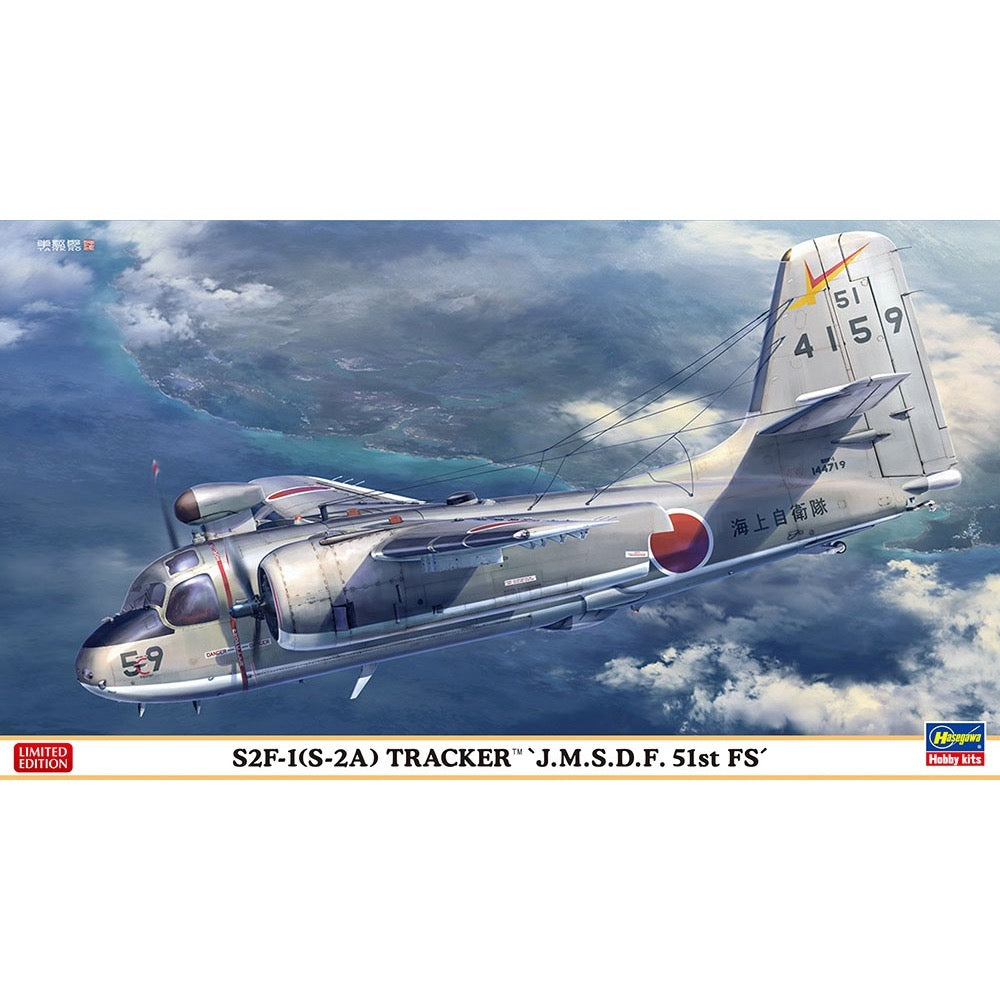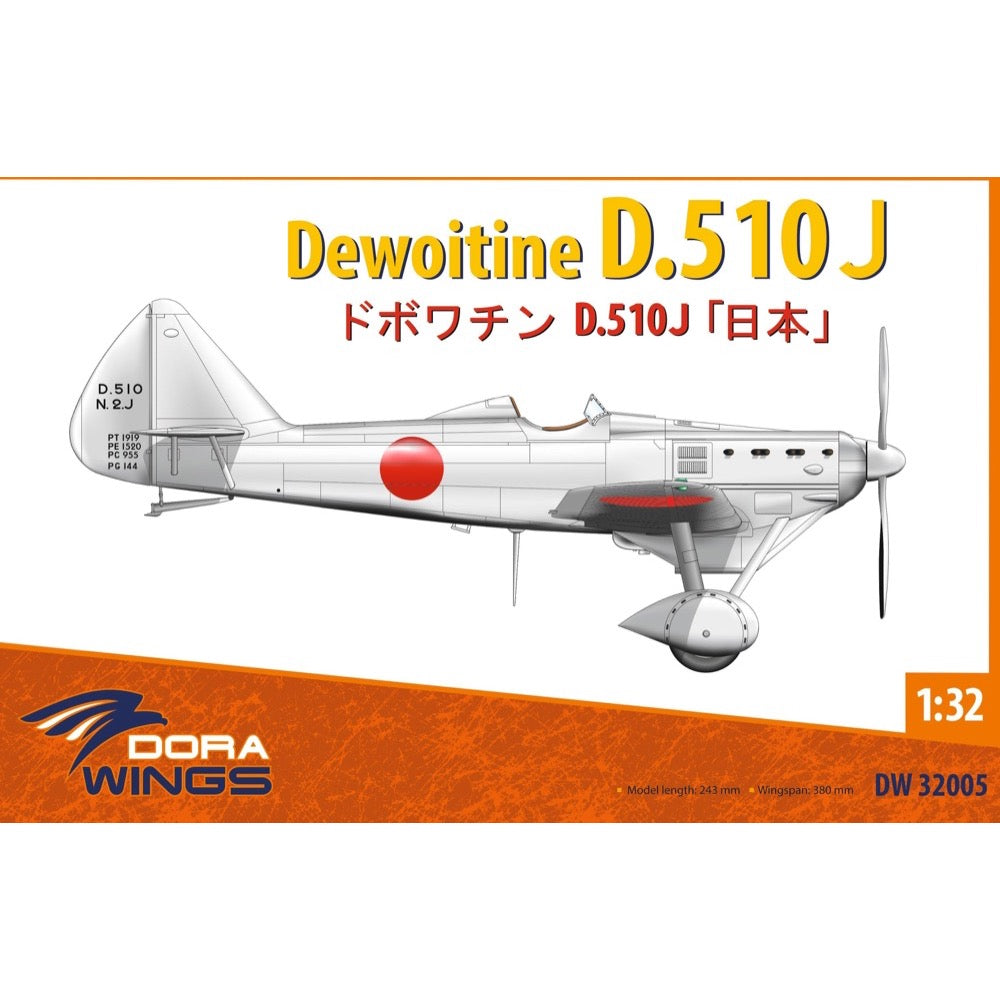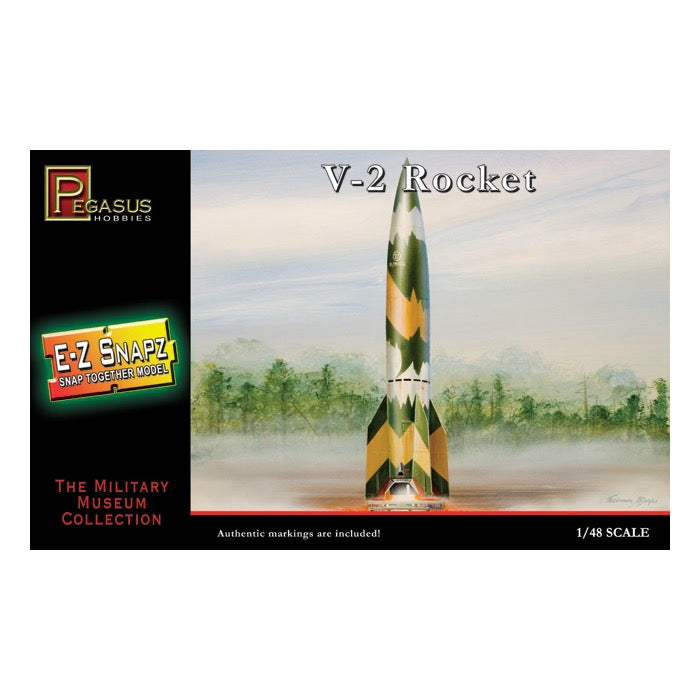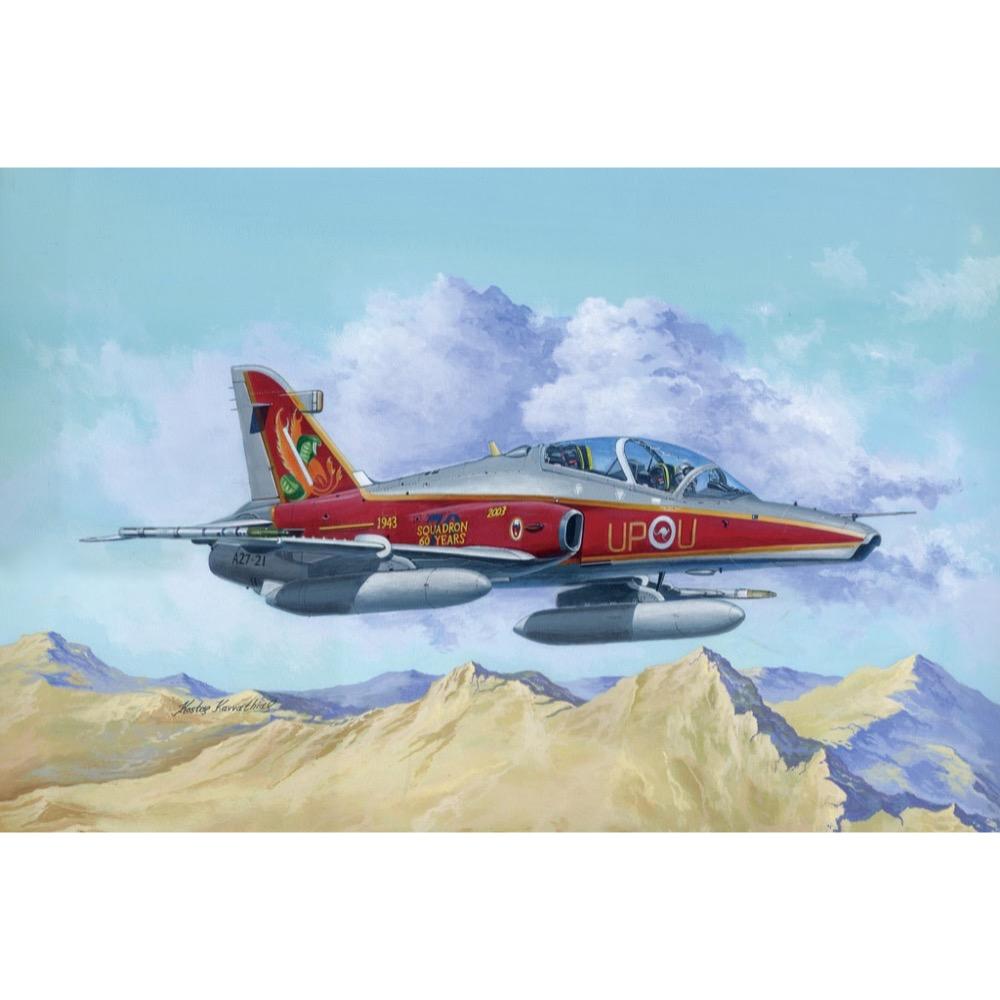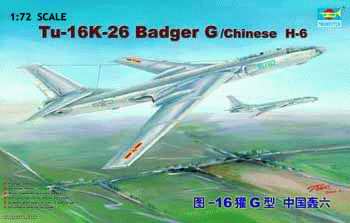
Trumpeter 01612 1/72 Tu-16K-26 Badger G/Chinese H-6
27.00
$
<p>The Tu-16 became the first Soviet mass production Heavy jet bomber. It was developed by Tupolev design bureau in the very beginning of the 50’s. There were 1500 planes built in total. While being in Soviet service this planes took part in Afghanistan war. In the Russia the last Tu-16s were removed from service in 1994. This aircraft were also exported to Egypt, Indonesia , Iraqi, China.</p>
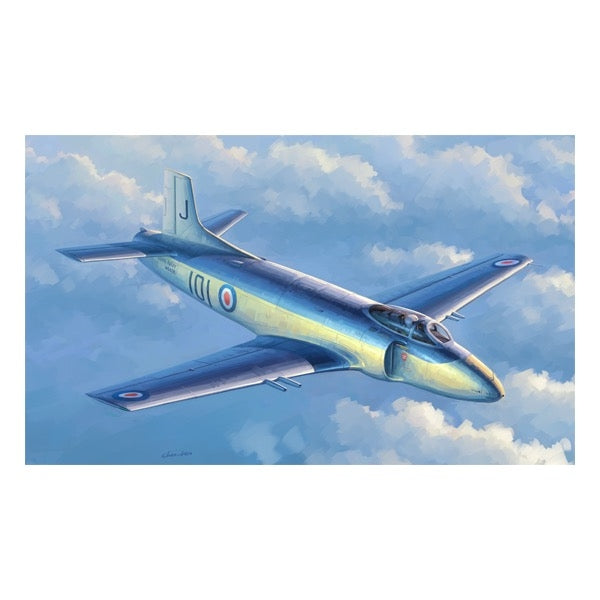
Trumpeter 02866 1/48 Super Attacker F1*
17.00
$
<p>The Supermarine Attacker was a British single-seat naval jet fighter built by Supermarine for the Royal Navy's Fleet Air Arm (FAA). It was the FAA's first jet fighter. </p>
<p>The first production Attacker F.1 flew on 5 May 1950 and operational service began in August 1951 with No 800 Squadron FAA. Subsequent versions were the FB.1 fighter-bomber with provision for underwing ordnance and the FB.2 which differed mainly in its Nene Mk.102 engine. The Attacker served with only two FAA front line squadrons and had been relegated to Volunteer Reserve units by 1954 and retired two years later. </p>
<p>Between 1952 and 1953, 36 Attackers were sold to the Pakistani Air Force (PAF). The aircraft was replaced in the PAF in the 1960s. </p>
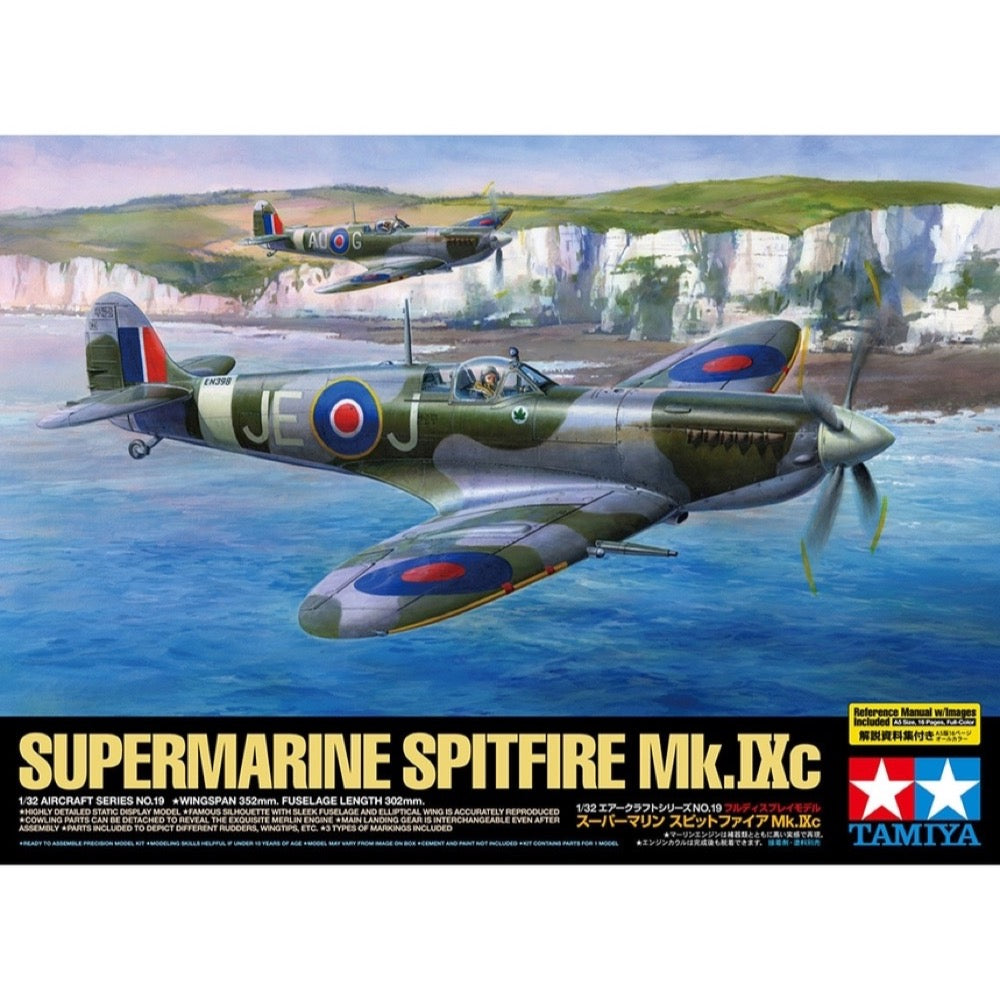
Tamiya 60319 1/32 Supermarine Spitfire Mk.IXc
81.00
$
<p>The legendary Spitfire was the representative British fighter of WWII and many served with various air forces well into the 1950s. Among these was the Mk.IX, a variant powered by the Rolls-Royce Merlin 60 series engine which was developed to counter the Luftwaffe's Fw 190. Most of the Mk.IX aircraft came equipped with the C wing, two 20mm cannons, and four 7.7mm machine guns. The Mk.IXc, which was issued to units in July 1942, featured a top speed of 669.46 km/h and had superior maneuverability. The Mk.IXc not only helped the RAF regain air superiority over the English Channel, but it was also the second most produced Spitfire variant with 5,500 built. They were the RAF's main fighter for the latter half of the war.</p>
<h3>Features</h3>
<ul>
<li>
<p>1/32 scale plastic assembly kit of the Spitfire Mk.IXc.</p>
</li>
<li>
<p>Overall Length: 302mm, Overall Width: 352mm.</p>
</li>
<li>
<p>2 kinds of parts for top and bottom engine cowlings, wingtips, rudder, and elevators included.</p>
</li>
<li>
<p>Features moveable ailerons. Flaps can be depicted in either up or down position.</p>
</li>
<li>
<p>Comes with 3 kinds of markings including one to depict the aircraft piloted by RAF ace Johnnie Johnson.</p>
</li>
</ul>
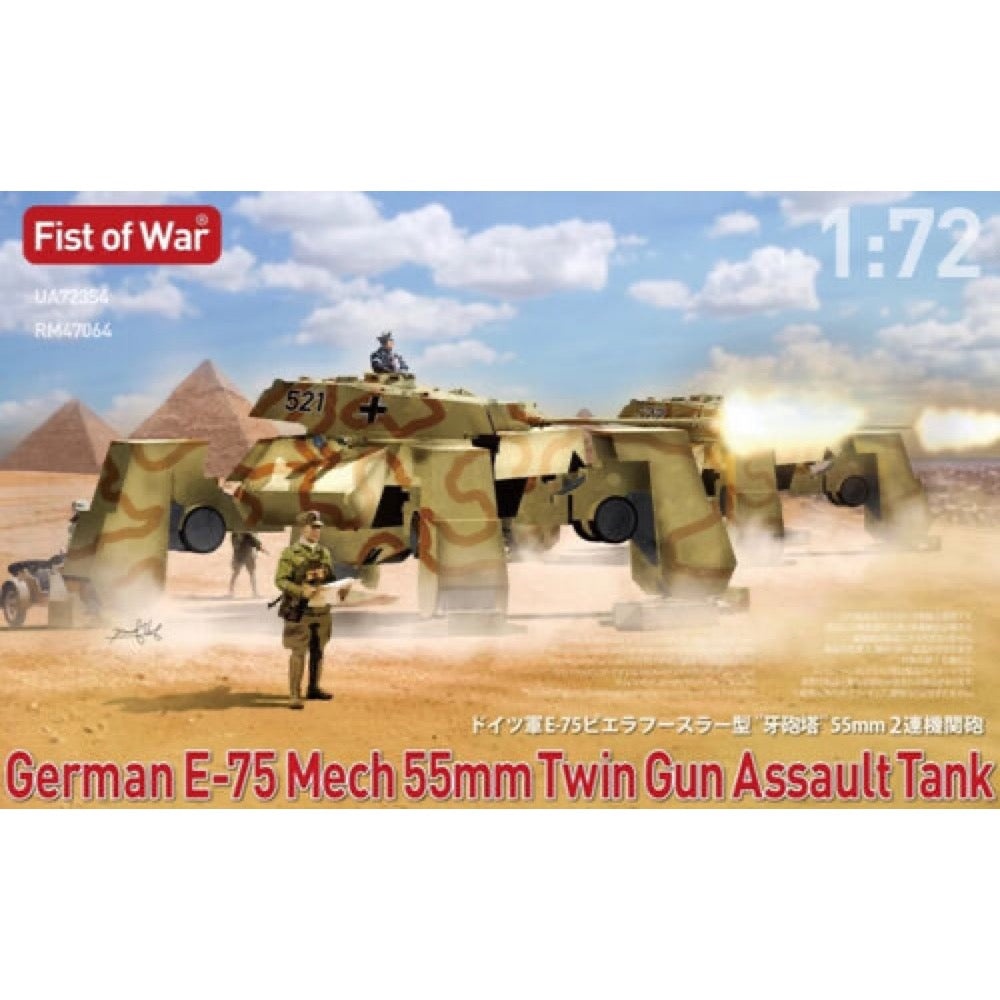
Modelcollect UA72354 1/72 German E-75 Mech Twin 50mm Gun Assault Tank
6.00
$
<h3>E-75 Mech Twin 50mm Guns Assault Tank</h3>
<p>The E-75 Mech Twin 50mm Guns Assault Tank is a specialized anti-infantry and light-armor combat variant of the E-75 Heavy Mech series. Retaining the Type G's turret design, this version replaces the 128mm high-velocity cannon with dual 50mm autocannons, significantly improving its ability to engage infantry, light vehicles, and lightly armored targets.</p>
<p>With a total production of approximately 400 units, this variant was designed to operate in supporting roles, providing rapid sustained fire against enemy forces while retaining the ability to penetrate light and medium armor. It proved to be effective in urban combat and combined arms operations, where its high rate of fire and maneuverability allowed it to outmatch conventional armored vehicles.</p>
<h3>Development and Design</h3>
<p>Following the deployment of the E-75 Type G, commanders identified a growing need for a mech variant that could effectively counter infantry formations while maintaining some level of anti-armor capability. The twin 50mm autocannon system was selected due to its high rate of fire, moderate armor penetration, and versatility against both infantry and light tanks.</p>
<p>This design allowed the E-75 Twin 50mm Assault Tank to serve as a mobile fire-support unit, rapidly suppressing enemy positions and engaging light armored vehicles and fortifications. While its 50mm cannons lacked the armor-piercing power of the 128mm main gun, they were capable of flanking heavy tanks and destroying them from the side, making this mech a valuable asset in tactical battlefield maneuvers.</p>
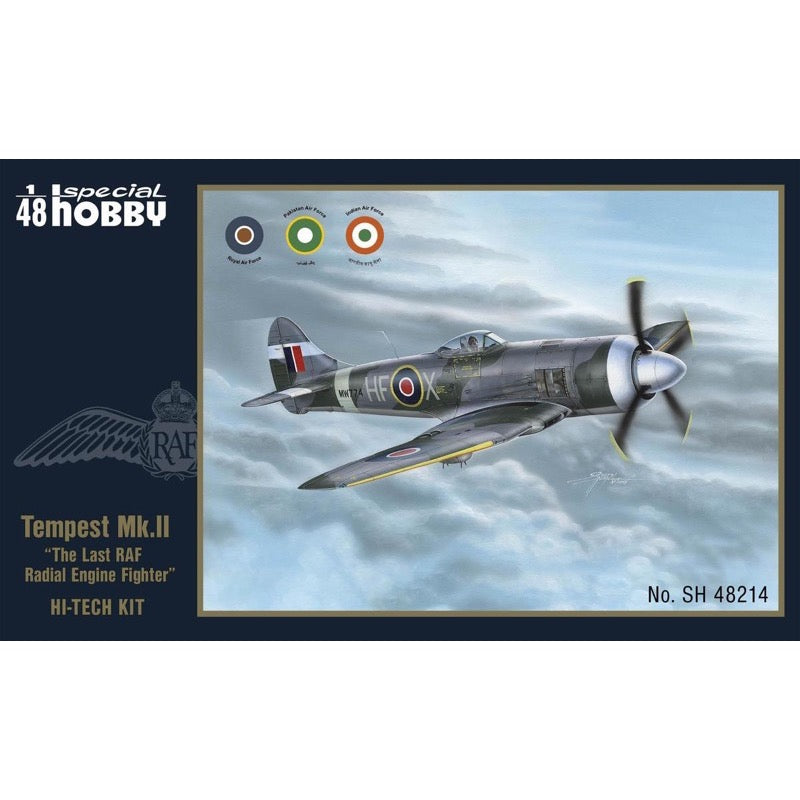
Special Hobby 48214 1/48 Tempest Mk II Hi-Tech
42.00
$
<p><strong>Tempest Mk.II ‘Hi-Tech’</strong></p>
<p>The Tempest Mk.II was the last radial engine fighter aeroplane to have been introduced to service with the RAF. The type had been developed for the planned attack against Japan in the closing stages of the war. But using the atomic bombs by the Americans meant an end to those plans and the Tempest Mk.II was deployed in a couple of post-war era conflicts instead. Bearing RAF colours, it fought the China-backed Malayan communist insurgents in the 1950s. They also fought in the Indo-Pakistani wars.</p>
<p>Our model of the Tempest Mk.II has been prepared in cooperation with Eduard. It contains eight styrene sprues including two clear parts sprues. The kit is topped up with a handful of resin items – resin undercarriage wheels, a partial replica of the engine with the covering panels, plus the necessary photo etches and painting masks. The decal sheet offers markings for five schemes – three as flown with the RAF, two of which are camouflaged and one in aluminium overall, then we have a Pakistani camouflaged machine and an Indian one in aluminium lacquer finish.</p>
<h3>Features</h3>
<ul>
<li>This version has never been kitted before in styrene format</li>
<li>Attractive paint schemes</li>
<li>Accessories already in the box</li>
</ul>
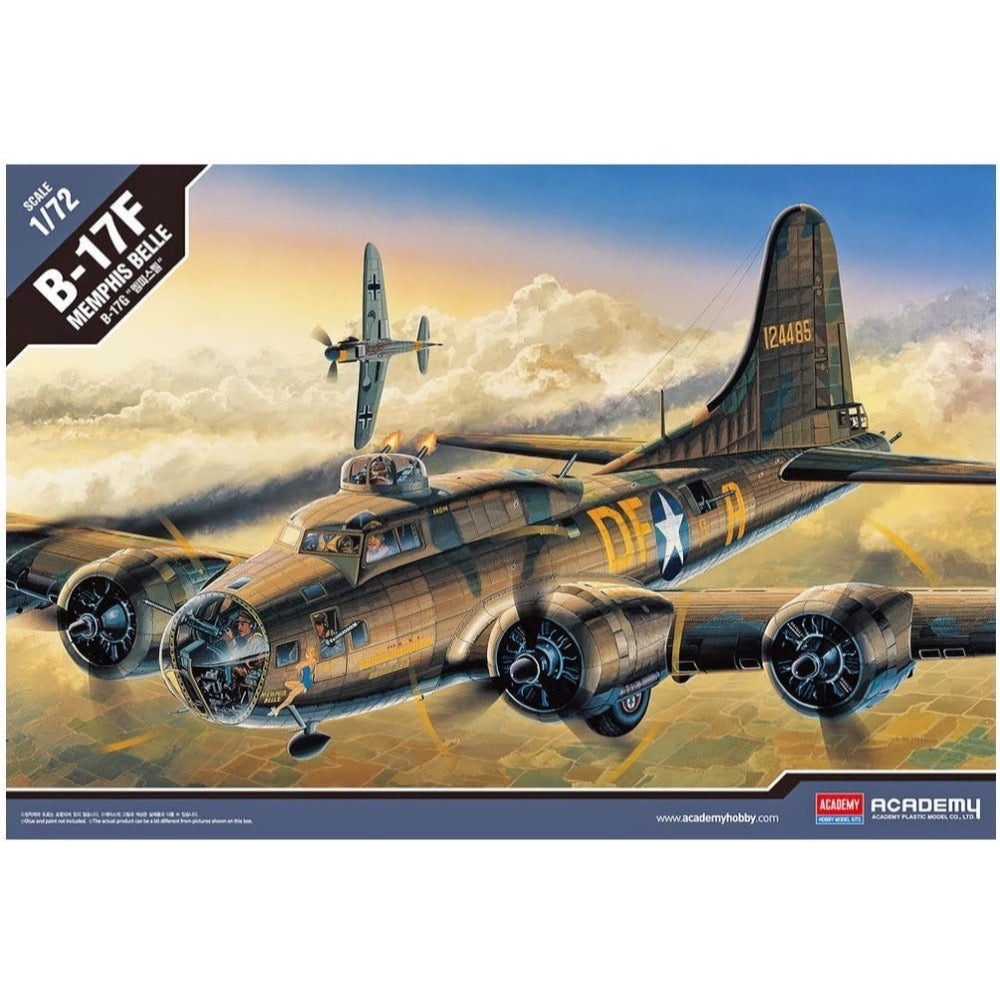
Academy 12495 1/72 B-17F "Memphis Belle" Flying Fortress
22.00
$
<p>In May 1934, the US Army published the conditions with which it should meet the modern multi-engine bomber it needed. It was required that it could take up to 907 kg of bombs on a route from 1640 to 3540 km, while maintaining a speed of 322 to 402 km / h. While, according to the US Army, the term multi-engine meant that there should be more than one engines, Boeing invited to present its concept adopted the use of four engines for the Boeing 299 (later designated B-17). Work on the machine began in mid-June 1934. On July 28, 1935, the Boeing 299 took off for its first flight. Technical data (for the B-17G): Maximum speed: 510 km / h, practical ceiling: 10,670 m, operating radius: 1,760 km, armament: fixed - 13 machine guns cal. 12.7 mm, suspended - up to 5800 kg, normally - 2742 kg bombs.</p>
<p>This is an injection-plastic jet aircraft model kit.</p>



